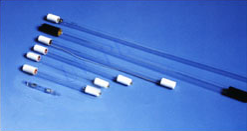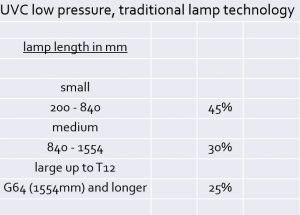UVC Market – Downstream Value Chain
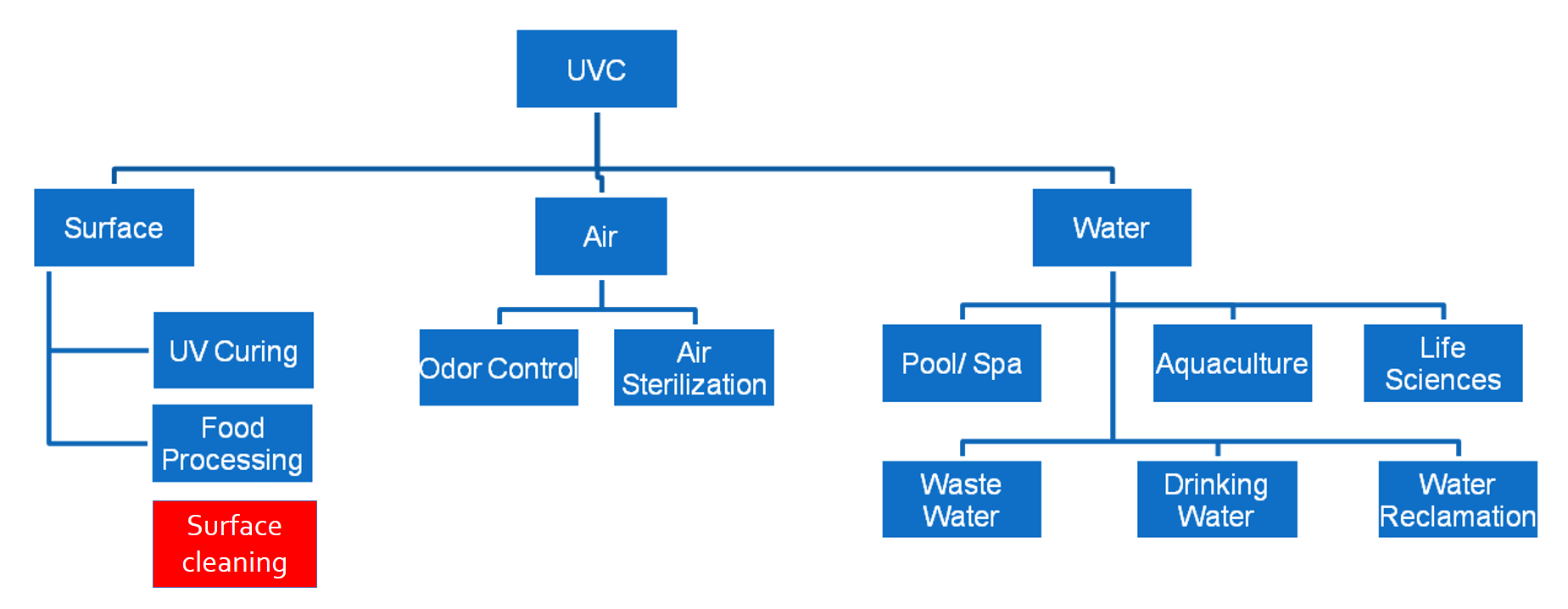
UVC Water Segments
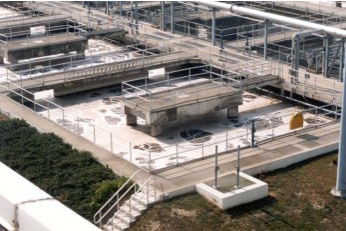
Waste water is any water that has been adversely affected in quality by anthropogenic or other influences. It comprises liquid waste discharged by domestic residences, commercial properties, industry, and/or agriculture and can encompass a wide range of potential contaminants in a wide range of concentrations.
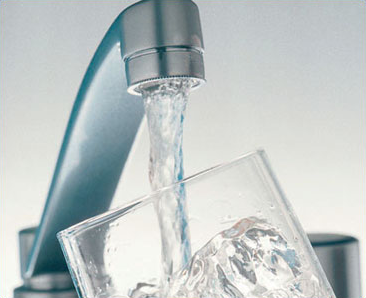
Point of use systems to create water of sufficient quality to serve as drinking water purified and disinfected by a self-contained unit from an untreated source.
Medium to large scale water treatment plants, where UV is used as a final stage in the water cleaning chain.
Examples: Rivers, recycled water reservoirs, aquifers
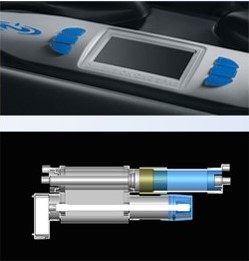
Target treatment is typically for Chloramine reduction, in addition to control of Chlorine resistant pathogens, such as Cryptosporidium and Shigella.
UV light either in 254 nm or in the 185 nm range. For 254nm, direct disinfection occurs in the same manner as in drinking water applications. In case of 185 nm, ozone is created and ozone gas of low concentration is produced.
Ozone is be used to break down other contaminants that can build up in the water.

The process by which water used in residential, commercial and industrial applications is discharged and becomes wastewater, which is then cleaned using, in part, the UVC radiation process so the water can be reused for various purposes including irrigation and groundwater recharge.
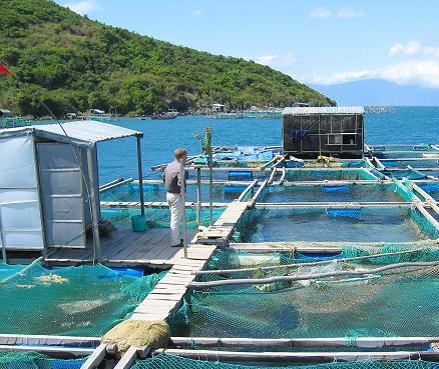
The farming of freshwater and saltwater organisms and plants. UV light maintains a healthy operating environment, free of pathogenic micro-organism, which can have adverse on the controlled ecosystem.
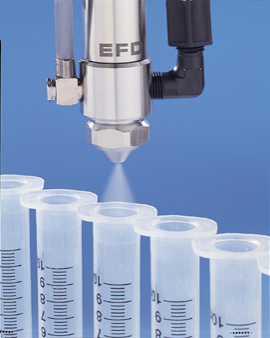
Incorporates sciences and technologies which require a high level of water disinfection. Applications for UV include; pathogen reduction, TOC reduction, ozone destruction, and chlorine/chloramine destruction.
Potential Water Growth Segments
- U.S Department of Agriculture cites the nursery and greenhouse industry as the fastest growing segment of U.S agriculture.
- Produced Water Utilization Act of 2008 (awaits approval from the Senate) Encourages the research and development of environmentally sustainable processes to utilize produce water.
- There are currently 156,000 public drinking water systems in the United States serving 90% of the population.
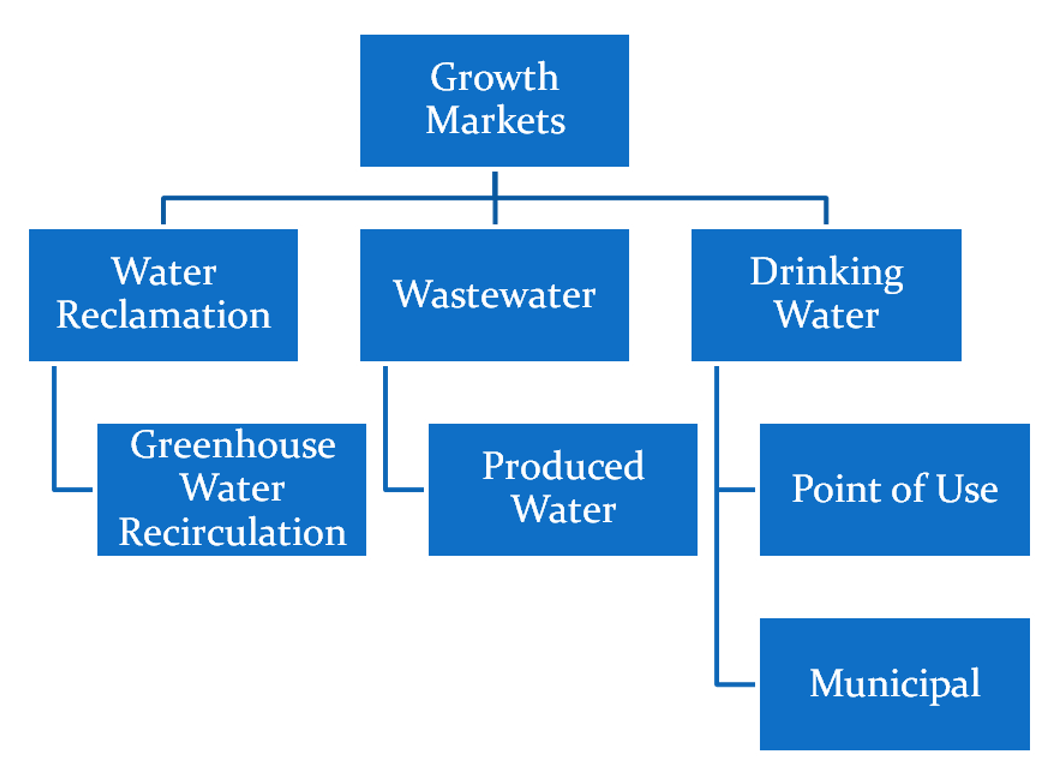
UVC Air & Surface Segments
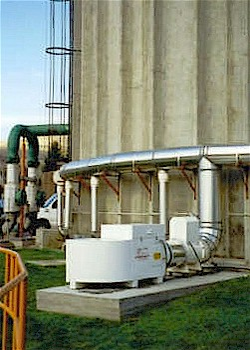
Neutralization of an unpleasant odors usually created as a byproduct.
Source of odor:
- Kitchens (HVAC)
- Wastewater Plants
- Water
- Farms
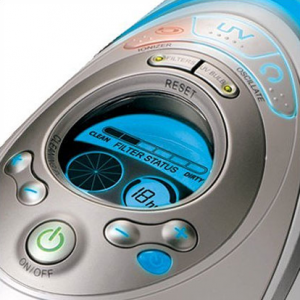
The process of effectively killing or eliminating transmissible agents, fungi, bacteria, viruses, and spores from the air.
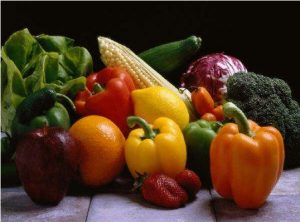
The process of treating and handling food in a way that preserves its edibility and nutrition value. Our application of this process is known as Food Irradiation.
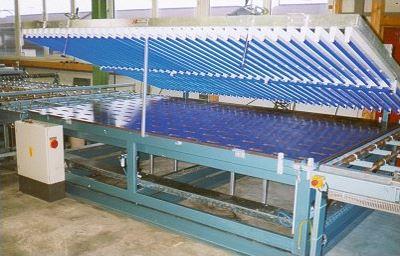
Inks consisting mainly of acrylic monomers, with an initiator exposed to strong UV-light, “dry” as soon as they are cured. They can be applied to a wide range of uncoated substrates, and they produce a very robust image or coating.
Potential Air & Surface Growth Segments
UV Hormesis can reduce post-harvest losses due to the delayed ripening of fruits and vegetables.
600 million dollars of fresh fruits and vegetables were exported from the US year to date.
-usda.gov
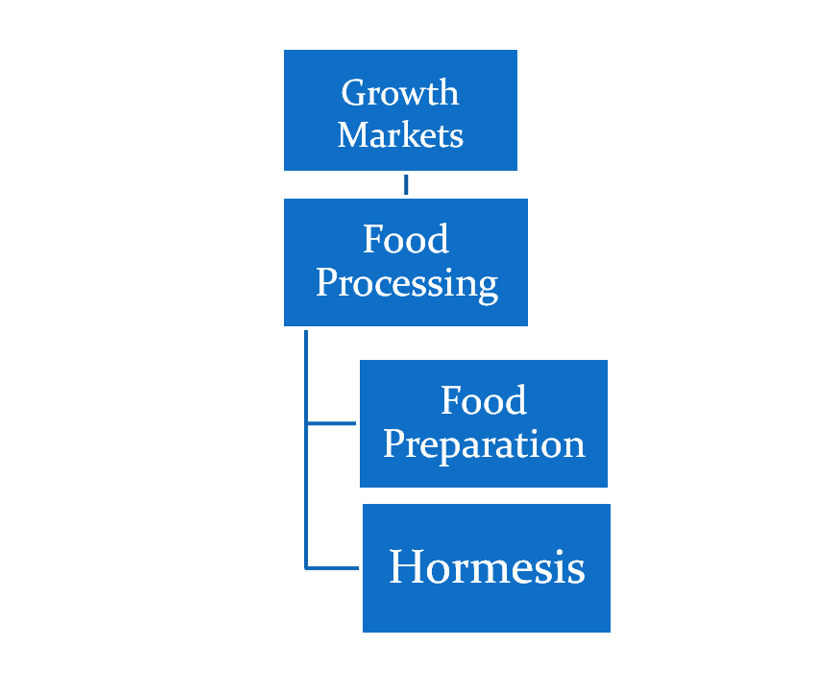
Lamp Classification
Lamp Size is one way of identifying application and usage.
Further Lamps Classifications:
- Amalgam
- High Output
- Ozone Producing
- Spliced – 185nm / 254mm
Classification based on technology:
- low pressure
- medium pressure
- UV-LED
- Excimer
